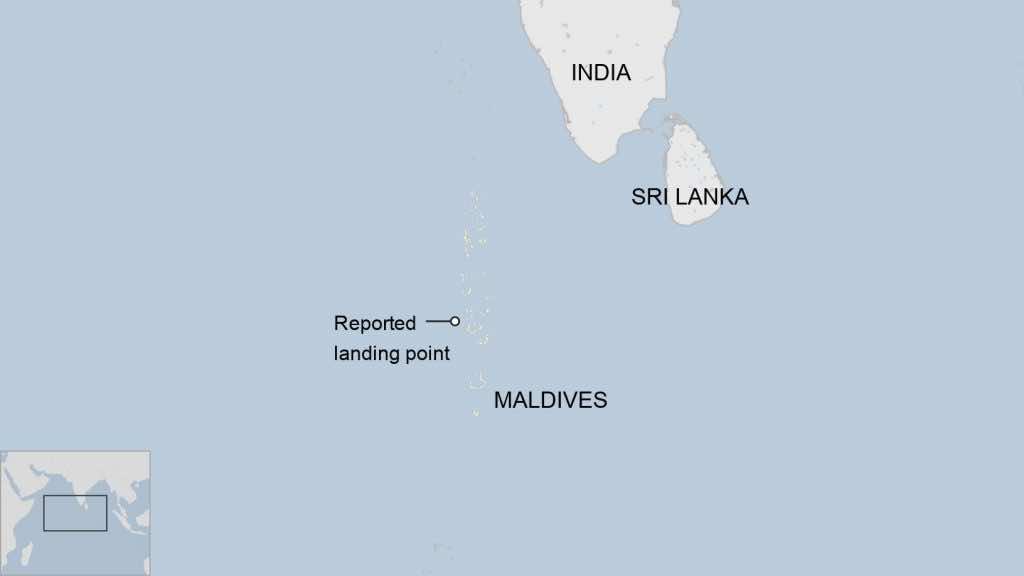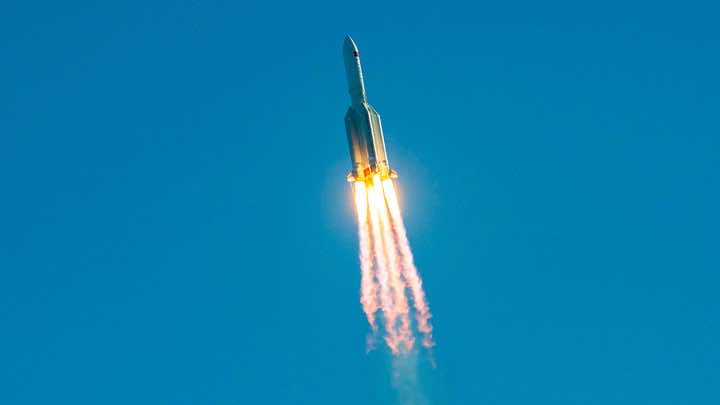The Long March 5B rocket that had been hurtling towards the Earth for the past 10 days has finally reached its destination.
The rocket re-entered the atmosphere at 02:24 GMT on Sunday, with Chinese state media reporting that most of its components were destroyed upon re-entry. It also reported that the debris landed just west of the Maldives into the Indian Ocean. While it was not completely clear whether it had crashed into water or land, there have been no reports of injuries or damage, meaning that it did crash into the ocean. The Chinese Manned Space Engineering Office reports that the 18-tonne rocket, one of the largest objects in decades to make an uncontrolled entry and undirected dive into the atmosphere, landed in the Indian Ocean at a point 72.47° East and 2.65° North.

The US Space Command only stated that the rocket had “re-entered over the Arabian Peninsula”, without confirming the landing point reported by Chinese media. They said that it was unknown whether the debris had impacted land or water.
Space-Track, a monitoring surface that had been carefully tracking the rocket for over a week, said that the rocket was last recorded above Saudi Arabia before it fell into the Indian Ocean.

For days, the uncontrolled fall of the rocket had been a cause for concern all over the world, with fears that it could crash over an inhabited area and lead to loss of life as well as property. While Chinese authorities had been downplaying the risk from the start, since the Earth is 3-quarters water and the likelihood of the rocket crashing into a populated area was already low, China had been facing criticism from governments and space agencies around the world for the negligence that led to the incident in the first place.


